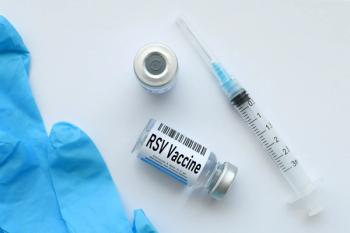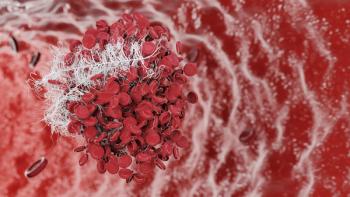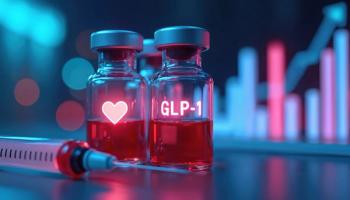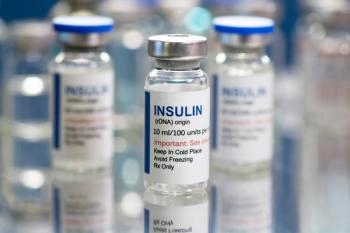
What Challenges Do Patients with Hemophilia Face?
Robert F. Sidonio Jr, MD, assistant professor of pediatrics at Emory University, Children's Healthcare of Atlanta, gives an overview of the challenges associated with hemophilia management.
Robert F. Sidonio Jr, MD, assistant professor of pediatrics at Emory University, Children's Healthcare of Atlanta, gives an overview of the challenges associated with hemophilia management.
Transcript
The challenges haven’t changed in general. It’s been a couple of things. Obviously, there’s the psychosocial aspect of missing out and not being able to participate in the same things as their friends, having to carry therapy everywhere they go, missing out on things because they have a bleeding event because they have to rest.
The biggest challenge hasn’t changed. It used to be viral contamination, that’s been almost completely eliminated as a risk through advancements in technology. The biggest issue is this issue with antibodies, neutralizing antibodies, against the factor. In severe hemophilia A, one-third of the patients will develop these neutralizing antibodies. So, a therapy that was once useful for them becomes totally useless. And so, when they infuse the factor becomes completely chewed up by the body and it attacks it like it’s a foreign substance and removes it. So then they have to use less efficacious therapies, like bypassing agents, to treat it. We have to give therapies, instead of every other day or every 3 days, we have to do therapies every day, and we may have to do that for years to get rid of the inhibitor. That still is the biggest challenge and that leads to all sorts of problems. Crippling joint disease, and so they have repeated joint bleeds. Over time, that joint loses its flexibility and becomes completely locked up. And obviously that would come with a lot of chronic pain issues. And so, that leads to depression, anxiety, and it’s just this complete spiral downward of effects related to inhibitors and joint bleeding.
So hopefully now we have some new therapies that better address those, and hopefully the next generation doesn’t have to deal with those issues. The other issue is when you have a high titer inhibitor, your rate of spontaneous bleeds goes up tremendously. You could trip in the shower and hit your head on the tile and end up in the hospital for a month afterwards. So something even minor like that. We had a kid who fell out of the bathtub. Normally, even with severe hemophilia, if they’re on prophy it wouldn’t create a devastating effect but that child had a devastating bleed in his head and was in the hospital for months. And so, you know, every bump and bruise becomes potentially life or death when they have an inhibitor. So you can imagine it just, severe hemophilia is already not a great thing and then you ramp it up to even more where your child can die from a minor event.
For more on the management of hemophilia,
Newsletter
Stay informed on drug updates, treatment guidelines, and pharmacy practice trends—subscribe to Pharmacy Times for weekly clinical insights.







































































































































































































